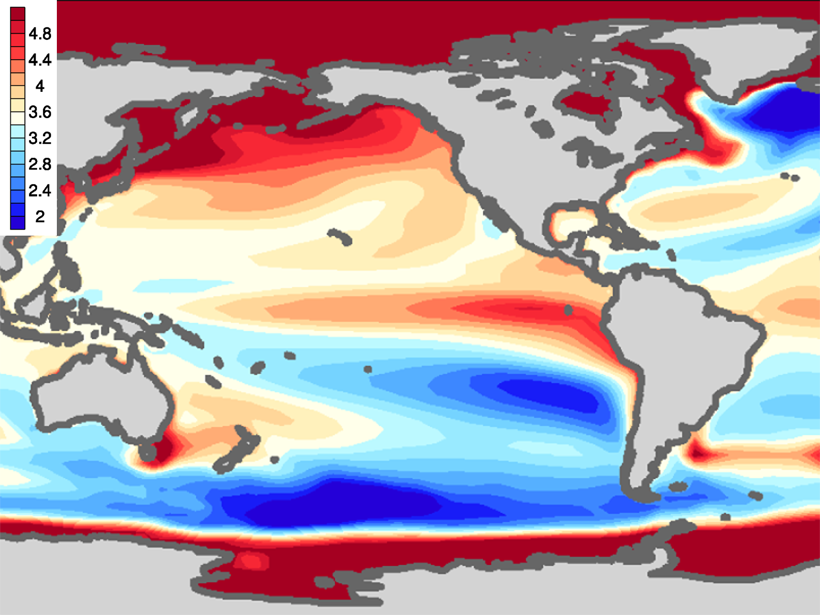Source: AGU Advances
Uneven ocean surface warming under nearly uniform greenhouse gas forcing is one of the most fundamental and intriguing questions in climate dynamics. Recently, researchers have recognized the effect on the global-mean warming and hence climate sensitivity.
Xie [2020] reviews the key features of ocean warming patterns and their formation mechanisms and discusses their implications for radiative feedback and climate sensitivity. One of the challenges is the inconsistency between the simulated and observed warming pattern in the tropical Pacific, confounding the estimation of climate sensitivity from observations.
Such a discrepancy highlights the need for communication between two seemingly distinct communities: those that study ocean-atmospheric dynamics that focus on spatial patterns and those that study climate sensitivity, where the original emphasis was on the planetary energy budget and radiative feedback.
Citation: Xie, S. [2020]. Ocean warming pattern effect on global and regional climate change. AGU Advances, 1, e2019AV000130. https://doi.org/10.1029/2019AV000130
—Sarah Kang, Editor, AGU Advances
Text © 2020. The authors. CC BY-NC-ND 3.0
Except where otherwise noted, images are subject to copyright. Any reuse without express permission from the copyright owner is prohibited.

